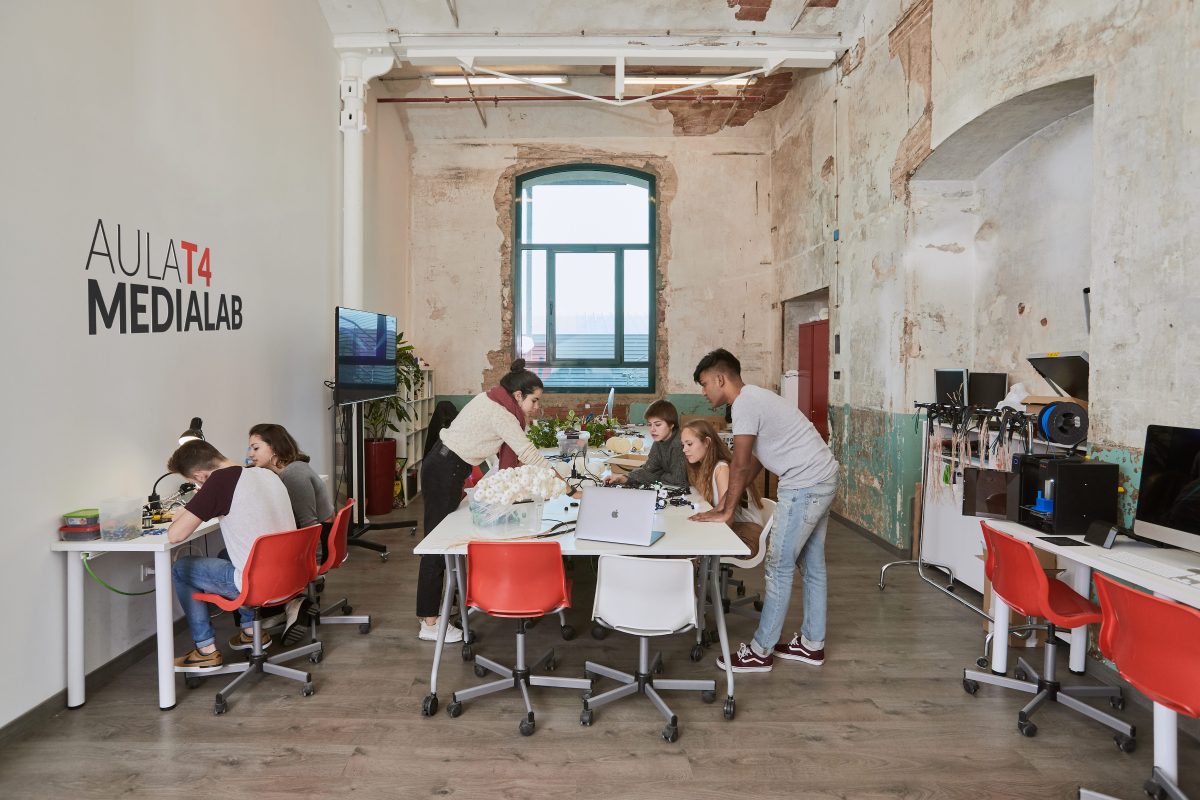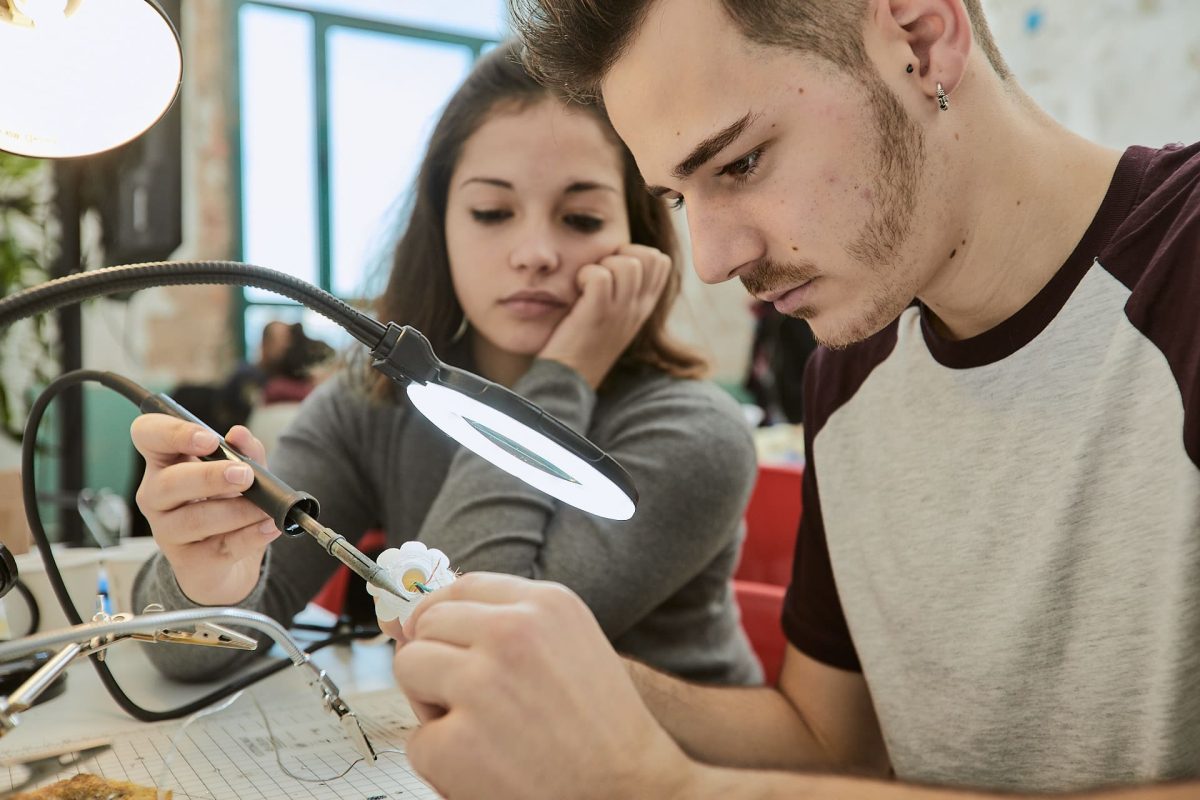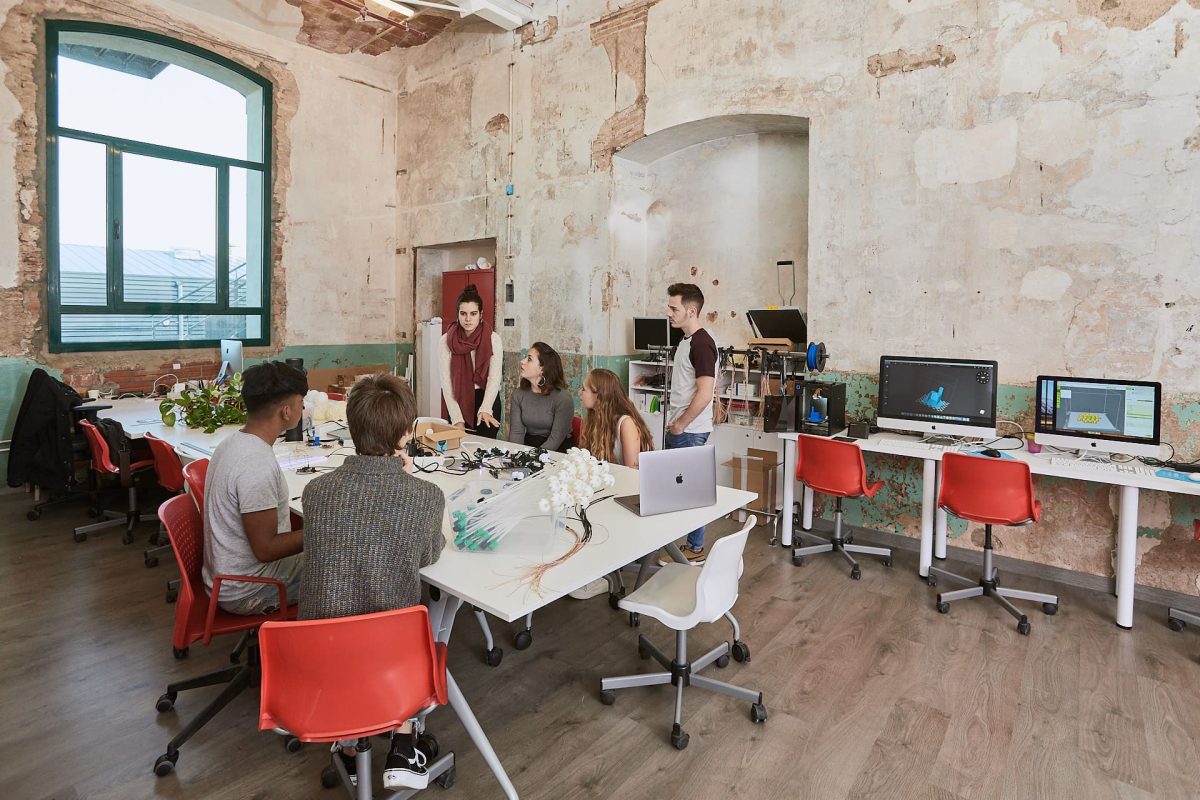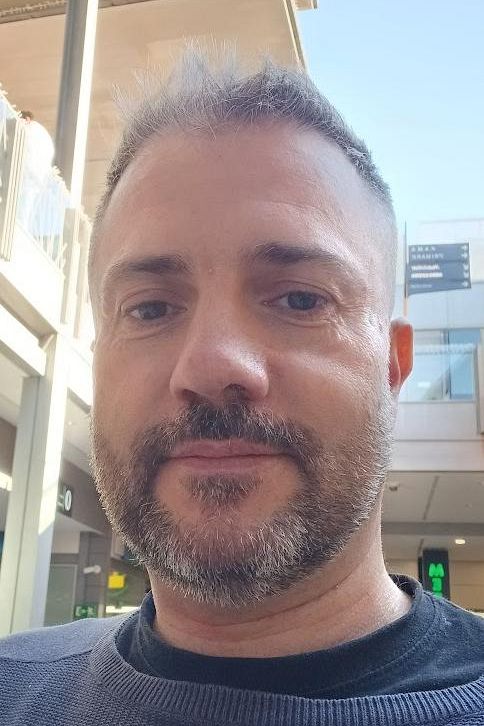The Master’s in Interaction Design aims to shape technological innovations from a multidisciplinary perspective. With the goal of training students to creatively innovate and conduct research on new forms of interaction between people and technology, the program offers a two-year curriculum focused on intensive preparation for the future of the digital and creative industries.
The curriculum combines theoretical training and hands-on practice in the design and research of interactive technologies, based on three key pillars of interaction design:
Computational and Product Engineering: the technical and development aspects of interactive products are addressed.
Arts and Humanities: the creative and aesthetic dimensions of interaction design are explored.
Social Sciences: the psychological, social, and cultural aspects of the interaction between people and technology are studied.
Through this master’s program, students will be able to design both digital and physical interfaces for interactive products and experiences. Master the future of technology with the Master’s in Interaction Design.
You will be able to take on professional roles such as interaction designer, researcher, and UX/UI designer.
The Master’s in Interaction Design trains professionals and researchers with the ability to:
Position their practice within a solid contextual, theoretical, and methodological framework.
Use imagination as a key tool in the creative process.
Develop skills for research, conceptualization, development, and evaluation of new interactive systems.
Address real, contemporary, and future societal needs through design.
Additionally, graduates will acquire:
Critical and reflective thinking skills.
Abilities to work autonomously and collaboratively.
A strong commitment to environmental respect and professional ethics, essential values in artistic and creative disciplines.
The master’s program also prepares students to understand the workings of the technological innovation sector, both in the business and academic realms, and equips them with leadership skills in research and innovation processes.
The Master in Interaction Design is built upon an exceptional teaching body, whose combination of academic experience, leadership in research, and professional practice guarantees high-level training.
Our team is composed of PhD professors specialized in the main lines of research in the field of Human-Computer Interaction (HCI), service design, and creative technology. All of them are active and recognized figures in international academic communities (such as CHI, DIS, and CHI Play).
Vision and Method
The Master’s faculty not only transmits knowledge but also acts as mentors. They provide a crucial dual perspective:
Cutting-Edge Research: They guide students through the most innovative methodologies, linking the program directly with the work developed at the Playful Living Lab. This allows students to participate in basic and applied research projects from the very beginning.
Professional Connection: The professors are closely linked to the design and technology industry, ensuring that the curriculum is aligned with the current and future demands of the job market.
This approach ensures that our students not only learn theory but also develop the practical skills and critical mindset necessary to become the interaction leaders of tomorrow.
Discover below the profiles and trajectories of the experts who will accompany you on this learning journey.
Fill out the form and receive detailed information about:
The curriculum and methodology
Admission requirements and application process
Career opportunities
Available scholarships and financial aid
Key dates and academic calendar
Become part of a creative and multidisciplinary community that designs the future of technology and human interaction.
We’ll answer all your questions!
Donada la profunda afinitat temàtica entre el Playful Living Lab i el Màster en Interaction Design, els estudiants del programa trobaran àmplies oportunitats per col·laborar amb el laboratori. Algunes s’integraran en el currículum, a través de cursos basats en projectes com el Design Research Lab o el Treball Final de Màster, on els estudiants treballen dins l’entorn físic i intel·lectual del laboratori. Altres oportunitats prendran forma més enllà dels cursos, ja que els estudiants s’uniran a projectes de recerca en curs i iniciatives comunitàries. El laboratori ofereix un context valuós per a aquells que aspiren a construir una carrera investigadora, desenvolupar habilitats acadèmiques i fer una transició perspicaç cap a estudis de Doctorat o altres camins orientats a la recerca.
The Playful Living Lab is a group of designers and researchers exploring playful technologies and experiences. We start from the belief that technology can support humans far beyond productivity: it can help us find joy in everyday life (individually and collectively) and foster ways of living that are stimulating, socially meaningful, and ecologically sound. Building on this premise, we use situated co-design to envision technological futures grounded where joy and care are entangled. Our aspiration is to nurture futures where the flourishing of individuals, communities, and the planet stands on the shoulders of joy.
Our research is published in leading venues in Human-Computer Interaction and Design Research, such as CHI, DIS, and CHI Play, and is also shared through artistic and industry events. The lab brings together designers at all stages of their careers (from senior researchers to undergraduate students, and everything in between) and has a strong educational mission: to mentor the next generation of interaction design researchers. All interested students in ERAM’s design programmes are invited to participate.
Given the deep thematic affinity between the Playful Living Lab and the Master in Interaction Design, students in the programme will find ample opportunities to engage with the lab. Some will be integrated into the curriculum – through project-based courses like the Design Research Lab or the Master’s Thesis, where students work within the lab’s physical and intellectual environment. Others will take shape beyond coursework, as students join ongoing research projects and community initiatives. The lab offers a valuable context for those aiming to build a research career, develop academic skills, and transition insightfully toward Ph.D. studies or other research-oriented paths.








